Categories: Featured Articles » Interesting electrical news
Number of views: 5793
Comments on the article: 0
The 10 best battery technologies for charging and storing future energy
All digital devices, such as players, smartphones, voice recorders and other wearable gadgets, as well as electric cars, are becoming increasingly sophisticated in their capabilities. Limitations are imposed mainly by the finite amount of energy stored in the batteries.
A smartphone, for example, works after the next recharge for a maximum of 2 days. Now if batteries improve, make them more capacious, then work on a single charge could be extended many times.
However, smartphones, unfortunately, are developing in the past 10 years much faster than improving battery technology. But there is hope for improvement, because science does not stand still, and in recent years, scientists have begun to offer very interesting new solutions. They can be called battery technology of the future. Let's pay attention to some of them.
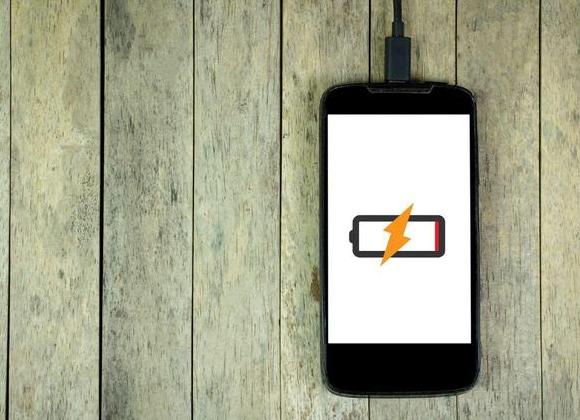
1. Charge the electric car in 5 minutes and the phone in 30 seconds
In 2022, the Israeli company StoreDot plans to begin producing batteries for electric cars and gadgets based on the revolutionary technology of lithium batteries. The technology will allow electric vehicles to restore the range of 500 kilometers in just 5 minutes!
They want to replace graphite, usually used in lithium batteries, with a special mixture of metalloids, including silicon and some patented materials, which have only recently been synthesized in the company's laboratory. The process of forming the mixture is less toxic, and the amount of cobalt in the batteries will be halved. By the way, the batteries will also be safer.
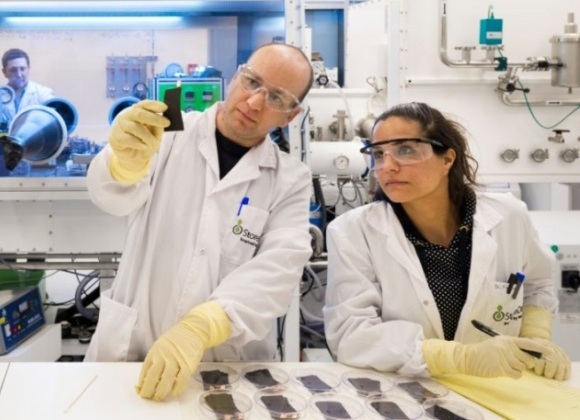
Even the name of the company StoreDot contains a hint of tiny bioorganic peptide molecules known as nanodots, which increase charge storage density and provide batteries based on new technology with fast absorption and energy storage.
Meanwhile, scientists have yet to overcome some technical difficulties associated with the need to pass a very large current during charging. For this, a more advanced cooling system for cables and connectors both in the car system and directly at the charging station is needed.
Physicist Viktor Krivchenko on promising types of batteries, fundamental problems in the production of lithium-sulfur current sources and the advantages of post-lithium batteries:
2. How to recharge your phone from ambient noise
British scientists have developed a phone that can receive a charge simply from the noise constantly standing around. The technology is based on the piezoelectric effect. Piezoelectric nanogenerators themselves in a certain sense have done a lot of noise for a long time.
And now specialized generators of this kind have already been created, working on background noise and generating electric current from it to charge small batteries. In fact, the phone is charging from noise, which at all times simply got on people's nerves, and now it can bring tangible benefits.

Researchers created a special mixture in which zinc oxide was added, and simply coated the surface of the gadget with this mixture. Thus, a surface completely covered by piezoelectric nanorods turned out to be the surface of the apparatus generating energy. These nanorods are very sensitive to sound waves and bend from even very weak sound pressure.
Nanogenerators transform these oscillations into an electric current, the energy of which is enough to charge the battery.In addition to converting sound waves of noise, nanogenerators also work from a voice that sounds during a conversation, so that just by talking on the phone the user already partially restores the charge of his battery.
3. Increase the battery capacity with pure silicon extracted from sand
At Riverside University, a group of researchers, in search of an alternative approach to lithium-ion batteries, decided to replace traditional graphite with ordinary sand. Initially, scientists noted the problem of the rapid degradation of nanosized silicon, which is also very difficult to obtain in industrial quantities. After that, the scientists decided to try using the usual available sand.

Sand is easy to clean, and it is easy to apply in powder form. The purified sand was wetted with salt and magnesium, then heated to remove oxygen. So we got pure silicon of a porous structure, which allowed us to increase the capacity of the element threefold, as well as increase the efficiency of its use and increase the service life! Production is inexpensive and environmentally friendly.
Batteries for cotton, coffee beans and bomb:Carbon batteries replace lithium
4. Charge your smartphone on the go
Even the most ordinary clothes can be used as an electric power generator, having slightly modified it, say researchers at the University of Surrey in Manor Park (England). They propose the use of the so-called triboelectric nanogenerators capable of converting the energy of the surface movement of clothing into an electric charge. The electricity generated in this way can be accumulated, and then transferred to a regular lithium battery, or directly powered by a portable device (player, phone, etc.).

Fundamentally, the technology of triboelectric nano-generators has no practical limitations, it can be implemented even in the walls of houses, in paving slabs, in tree trunks and branches, in car tires, etc. - wherever there is vibration or friction. Such a system would allow the use of energy from the movement of anything - to charge the batteries of night lights, gadgets, segways and the like. More on this:Nanogenerators for charging portable devices
5. Transfer energy to the battery in the form of ultrasound
The idea of transferring electrical energy “through the air” is not new. But why not try using ultrasound for this purpose? Astrobiologist Meredith Perry proposes to integrate ultrasonic transmitters into interior elements. Ultrasound of a certain range is not audible to people and animals, so sound waves can be sent quite safely directly to the gadget, thus providing wireless charging.
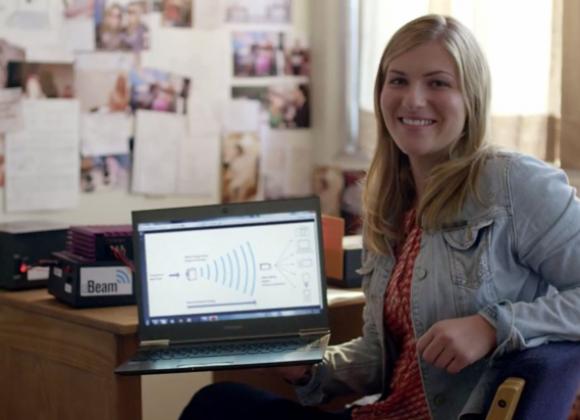
A 5.5 mm thick plate serves as a transmitter in such a system, which is automatically turned on only when a rechargeable gadget is in the zone of its operation. An ultrasonic energy wave is directed in the form of a focused beam and is received by a flat receiver mounted on a rechargeable device. Unlike Wi-Fi, the uBeam system on ultrasound cannot overcome walls, but the energy is sent very concentratedly.
Endless Life Batteries
The problem of batteries of any type is a limited number of life cycles, that is, they can be charged and discharged not an infinite number of times. It would be nice to create a battery that could never be replaced with a new one, but simply recharge when necessary, and do this as many times as you like. At the University of California, Irwin created almost such an ideal battery!
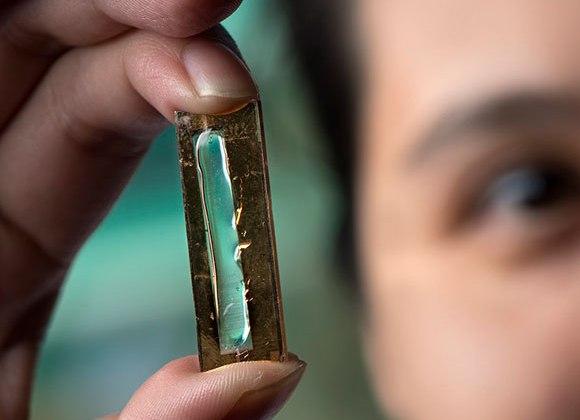
Researchers have developed a battery based on gold nanowires that can withstand up to 200,000 charge-discharge cycles without reducing capacity.Wiring thousands of times thinner than hair makes it possible to create huge surface areas with sufficiently high conductivity. Nanowires are coated with a special shell made of helium electrolyte and manganese dioxide, which made it possible to obtain ultimate resistance to degradation. This decision is considered one of the most promising today.
7. Graphene opens up new horizons
Grabat has created batteries based on a special form of carbon - graphene. Today, it is graphene batteries that are the best available on the market. They allow, for example, to drive an electric car 750 kilometers on a single charge.
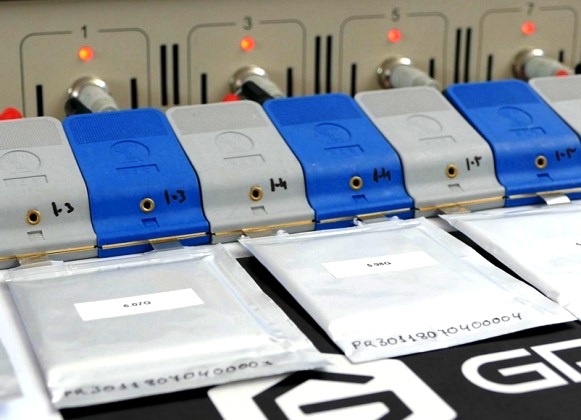
Fundamentally, such batteries can charge in a few minutes and give a charge 30 times more intense than lithium-ion predecessors. Already, such batteries are installed in unmanned aerial vehicles, in addition, they are gaining popularity in electric vehicles and as drives for home power plants.
8. Foam batteries promise to be cheap
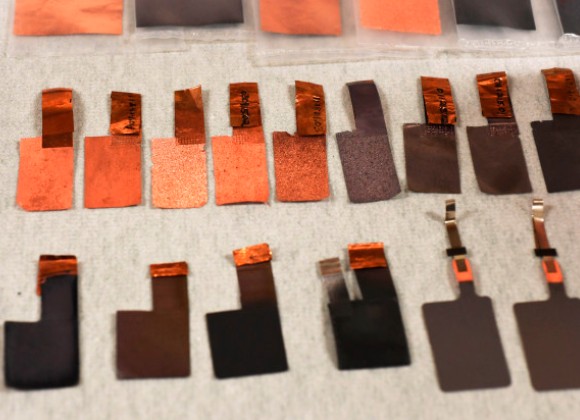
Prieto engineers rely on solid state batteries created by printing and based on copper foam with an electropolymerized separator. Thus, the company plans to create the safest, cheapest, fast-charging and long-lasting batteries, the charge density in which will be 5 times higher than modern lithium batteries.
9. Sodium - a competitor to lithium
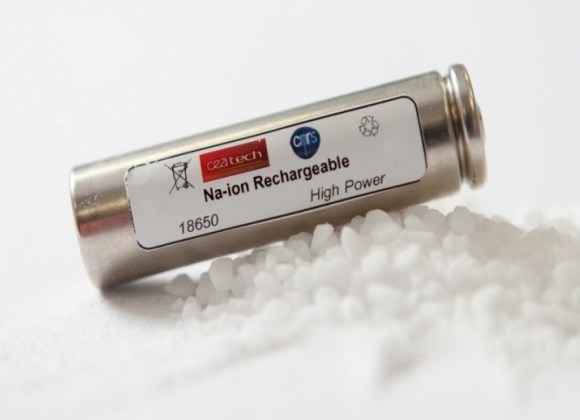
Sodium is one of the most accessible chemical elements on the planet. It is from sodium that a group of scientists from Japan plans to produce a new type of battery. Rare lithium is not needed here, and the capacity promises to be 7 times higher than that of it!
Since the 80s of the 19th century, sodium has been actively studied as the basis of energy sources, and now, using salt and modern technologies, it has become technically possible to make a sodium-ion battery cheap enough. However, it is expected that several more years will pass before the start of wide practical implementation.
10. Hydrogen for charging gadgets
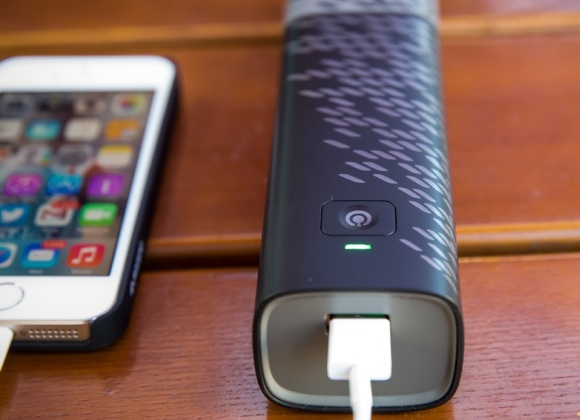
Recently, completely unusual smart chargers for mobile equipment powered by hydrogen fuel have appeared on sale. This product is called Upp. Hydrogen is safe for the environment, and only water vapor is generated during charging. One hydrogen cell is enough for 5 full charges of an average smartphone. At the moment, the device is not particularly in demand due to the high cost, but the idea seems to many very interesting and promising.
5 unusual solar panels of the future
See also at i.electricianexp.com
:
